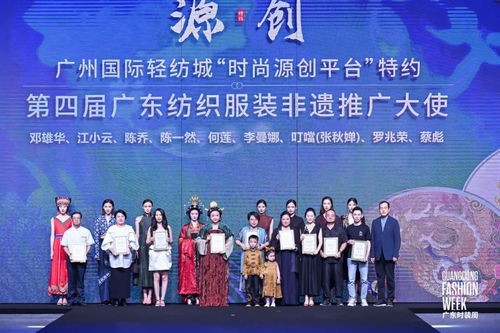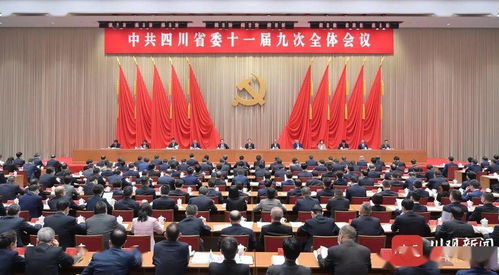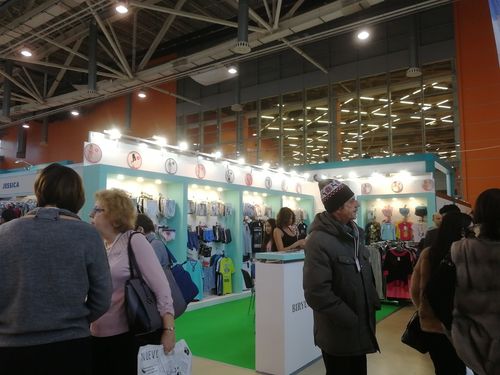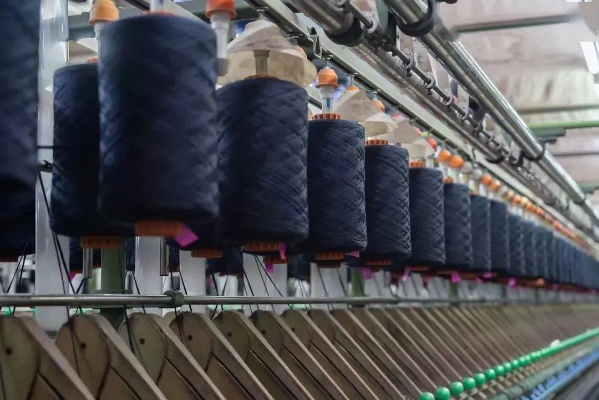The Difficulty of Textile Manufacturing Technology
The Difficulty of Textile Manufacturing Technology,Textile manufacturing technology has always been a challenging field, requiring not only high-quality raw materials and advanced machinery but also skilled workers with extensive knowledge in the field. The production process involves complex steps such as spinning, weaving, dyeing, and finishing, each of which requires precise control to ensure the final product meets quality standards. Additionally, textiles are highly susceptible to damage during transportation and storage, necessitating careful handling and storage facilities. Despite these challenges, advances in technology have made significant strides in reducing the difficulty of textile manufacturing, making it more efficient and cost-effective.
Introduction: Textile manufacturing is a complex process that involves the utilization of various techniques and materials to produce fabrics, garments, and other textile products. From the initial fiber extraction to the final product's assembly, there are numerous challenges that must be overcome to ensure quality, efficiency, and sustainability in this industry. In this discussion, we will explore some of the most significant technical difficulties faced by textile manufacturers today.
-
Fiber Source and Preparation: The first step in textile manufacturing is the procurement and preparation of raw materials such as cotton, wool, silk, and synthetic fibers. These materials must be cleaned, spun into yarn, and then woven or knitted into fabric. The challenge lies in ensuring that these raw materials meet the required specifications for strength, texture, and color consistency. Additionally, the preparation process requires precise control over temperature, humidity, and other variables to prevent damage to the fibers during spinning or weaving.
-
Weaving and Knitting: Once the fabric is ready, it must be woven or knitted into finished products. This process involves interlacing or binding the threads together to form a three-dimensional structure. The difficulty lies in achieving consistent tension, pattern accuracy, and color uniformity across the entire fabric. Moreover, the need for precision in handling delicate yarns and avoiding tangling can lead to costly production delays.
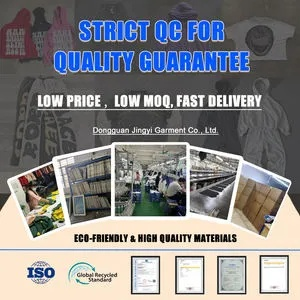
-
Dyeing and Printing: Dyeing and printing are essential steps in creating unique patterns and colors on textiles. However, these processes can be challenging due to factors such as dye stability, fastness to washing and wear, and environmental impact. For example, using harmful chemicals in dyeing can contaminate water sources and harm wildlife, while traditional printing methods can be time-consuming and require skilled artisans.
-
Shrinkage and Stretchability: Textiles are prone to shrinkage when exposed to high temperatures or moisture. This can affect both the appearance and performance of the fabric, making it difficult to achieve consistent sizes and shapes. Additionally, many textiles have stretchable properties that require careful processing to maintain their shape and comfort level.
-
Quality Control: Quality control is crucial in ensuring that textile products meet consumer expectations and industry standards. This involves testing for defects such as thread breakage, color variations, and structural integrity. However, implementing effective quality control systems can be challenging due to the complexity of the manufacturing process and the potential for human error.
-
Energy Efficiency: Manufacturing textiles requires significant energy input, particularly in terms of powering machinery and heating processes. Therefore, reducing energy consumption while maintaining or improving product quality is a significant challenge for manufacturers. Techniques such as using renewable energy sources, optimizing machinery efficiency, and implementing waste reduction strategies can help address this issue.
Case Study: One example of the technical difficulties faced by textile manufacturers is the development of sustainable and eco-friendly textiles. Many companies are exploring alternative fiber sources such as recycled polyester or bamboo, which can reduce environmental impact without compromising on quality or performance. However, these technologies require specialized equipment and expertise, as well as rigorous testing to ensure safety and efficacy.
Conclusion: In conclusion, textile manufacturing technology is highly demanding and requires a combination of advanced techniques, innovative solutions, and ongoing research and development to remain competitive in an ever-evolving market. By addressing the technical difficulties faced by manufacturers today, we can continue to improve the quality, sustainability, and affordability of textile products for consumers worldwide.
随着纺织行业的快速发展,纺织厂的技术难度逐渐增加,这不仅涉及到先进的生产设备,还需要掌握复杂的工艺流程和先进的纺织技术,本文将围绕纺织厂的技术难度展开讨论,并通过英文案例说明来进一步阐述。
纺织厂技术难度概述
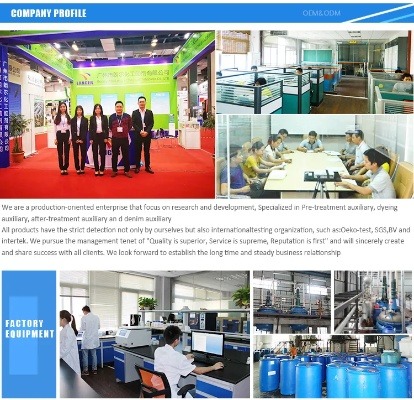
-
设备复杂性 纺织厂使用的设备种类繁多,包括各种织机、染整设备、检测仪器等,这些设备的复杂性使得操作和维护成为一大挑战。
-
工艺流程繁琐 纺织工艺流程涉及多个环节,包括原料准备、织造、染整、后处理等,每个环节都需要严格控制工艺参数,确保产品质量。
-
技术创新要求 随着环保、节能、高效等要求不断提高,纺织厂需要不断创新技术,提高生产效率和质量,这需要纺织厂具备较高的技术创新能力。
英文案例说明
以一家知名纺织厂为例,该厂在技术难度方面具有一定的代表性,以下是一些英文案例说明:
先进织机技术 该纺织厂引进了一批先进的织机设备,包括智能织机、高速织机等,这些织机具有高效、节能、环保等特点,大大提高了生产效率和质量,该厂还注重技术创新,不断研发新的织造工艺和设备,以满足市场需求。
染整工艺优化 该纺织厂注重染整工艺的优化,采用了先进的染整技术,包括高温染色、低温印花等,该厂还建立了完善的检测仪器和质量控制体系,确保产品质量达到国家标准,该厂还注重环保和节能,采用绿色生产方式,减少对环境的污染和能源的消耗。
技术难度与挑战分析
-
设备复杂性带来的挑战 纺织厂需要不断更新和升级设备,以适应市场需求和新技术的发展,设备复杂性也给操作和维护带来了一定的挑战,操作人员需要具备较高的技能和经验,同时还需要定期进行设备维护和保养。
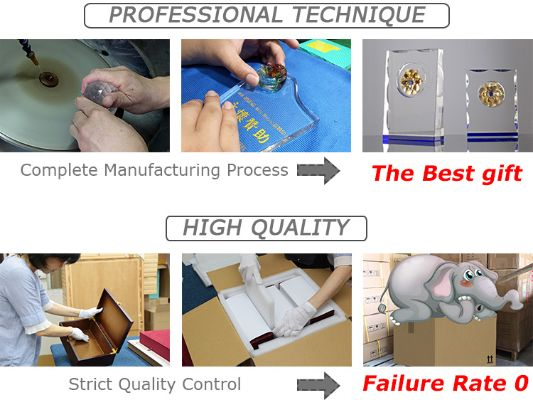
-
工艺流程繁琐带来的挑战 纺织工艺流程涉及多个环节,每个环节都需要严格控制工艺参数,这需要纺织厂具备较高的工艺控制能力和质量控制体系,繁琐的工艺流程也给生产带来了一定的难度和风险。
-
技术创新要求带来的挑战 随着环保、节能、高效等要求不断提高,纺织厂需要不断创新技术,提高生产效率和质量,这需要纺织厂具备较高的技术创新能力,同时也需要投入大量的研发资金和人力资源。
应对策略与建议
-
加强技术研发和创新 纺织厂应该加强技术研发和创新,不断提高生产效率和产品质量,应该注重人才培养和引进,提高操作和维护人员的技能和经验。
-
优化工艺流程和管理体系 纺织厂应该优化工艺流程和管理体系,提高生产效率和产品质量的同时,降低对环境的污染和能源的消耗,这需要纺织厂建立完善的检测仪器和质量控制体系,加强生产过程的管理和控制。
-
加强与科研机构的合作 纺织厂可以加强与科研机构的合作,引进先进的科研成果和技术,提高生产效率和产品质量,也可以为科研机构提供技术支持和人才培训等合作机会。
纺织厂的技术难度和挑战是不断变化的,但只要不断加强技术研发和创新,优化工艺流程和管理体系,加强与科研机构的合作等措施的实施,就能够不断提高生产效率和产品质量,满足市场需求。
Articles related to the knowledge points of this article:
The 91 Textile Factory Fire:An Accident Report
New Textile Factory in the Neighborhood Seeking Workers for Textile Factories
